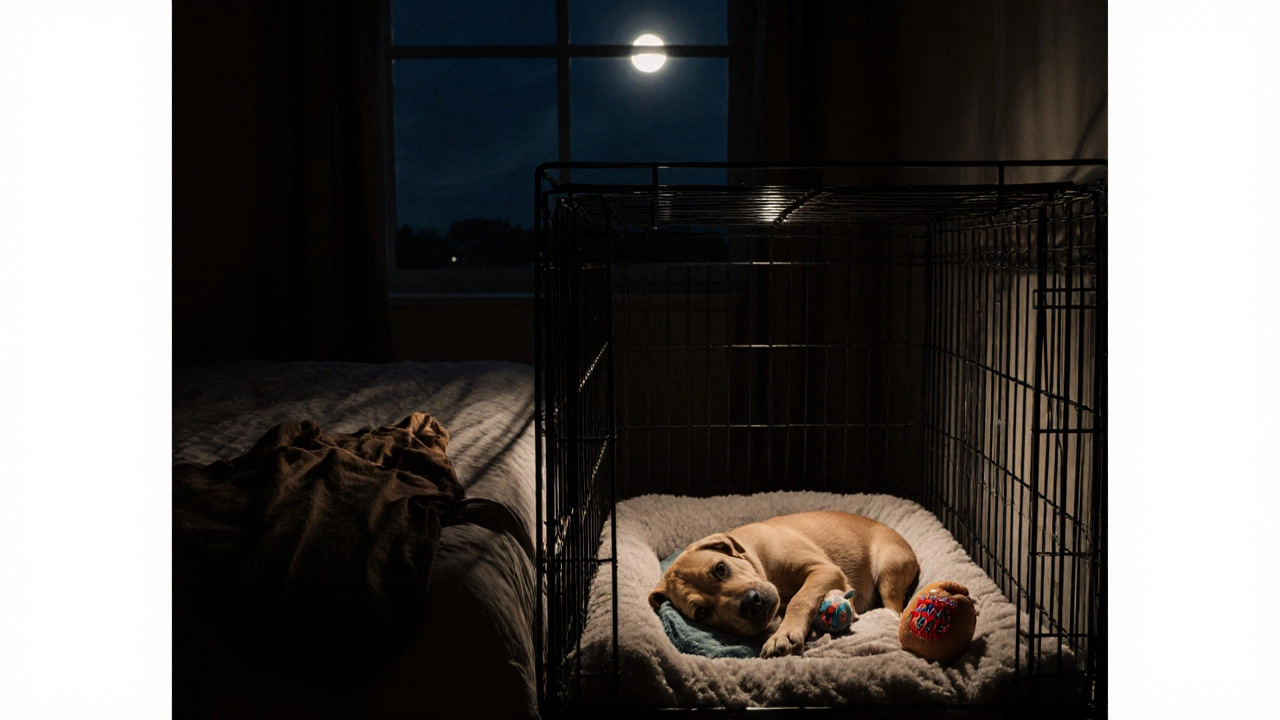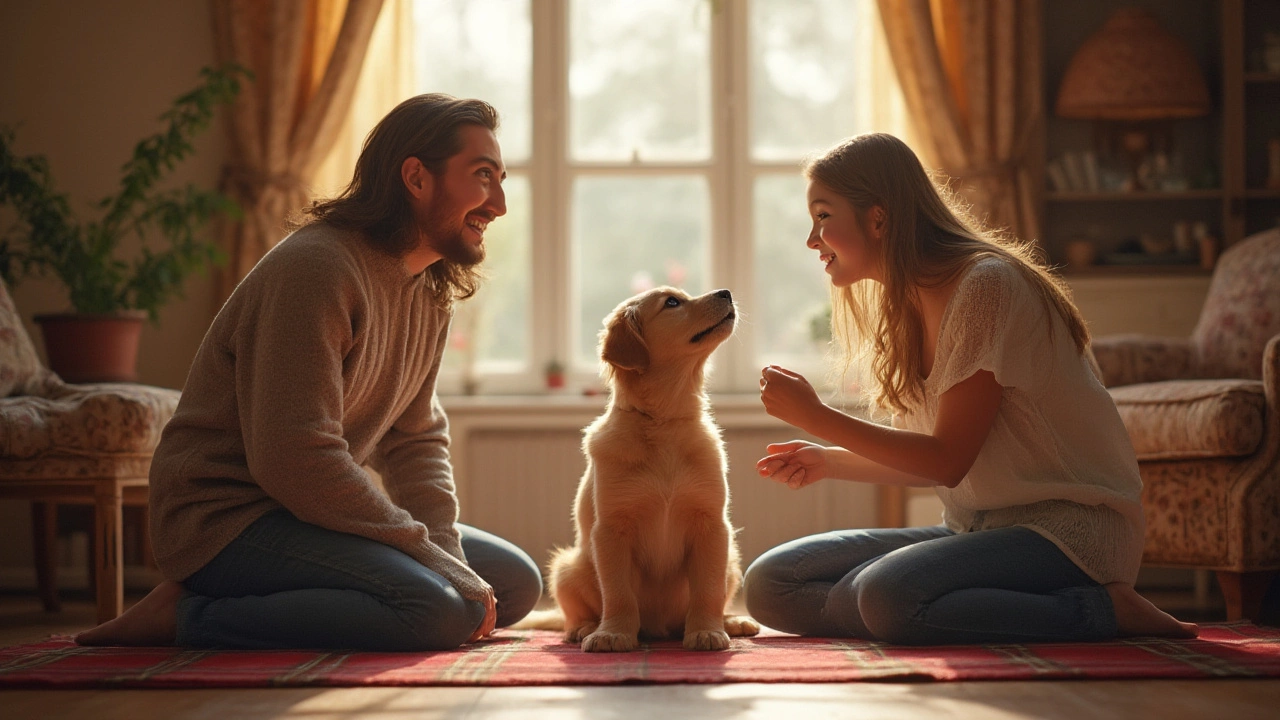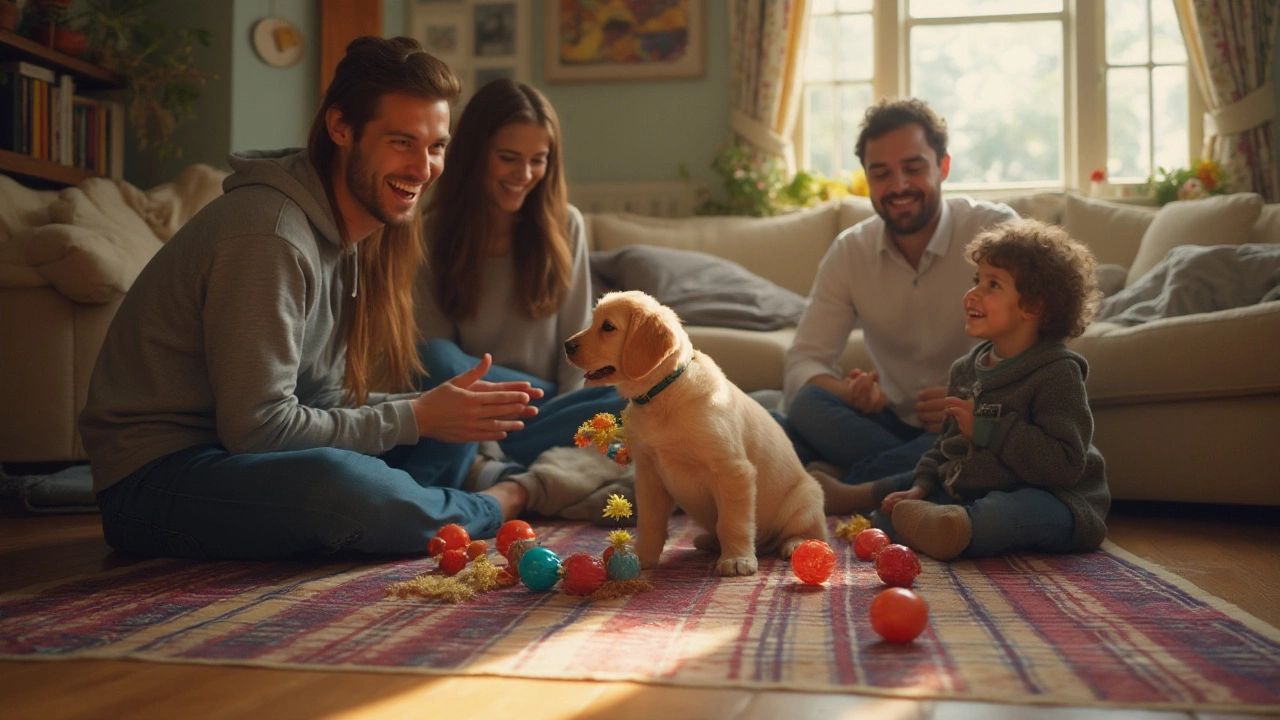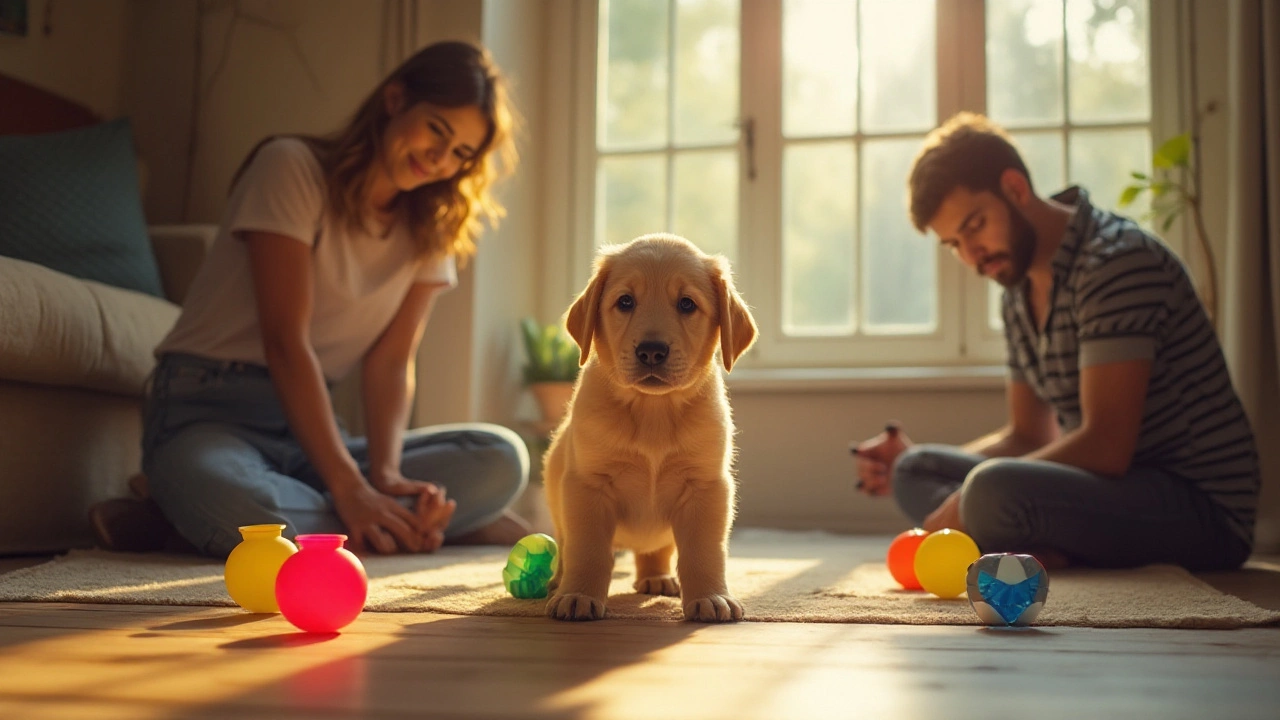Puppy Training: Simple Tips to Raise a Happy, Well‑Behaved Pup
Got a new puppy and wondering where to start? You’re not alone. Most owners feel a mix of excitement and nervousness the first time they hear a tiny bark. The good news is that puppy training doesn’t have to be a marathon of long sessions and endless repetition. A few focused steps each day can turn that bundle of energy into a polite companion.
Here at Chander Hills Pet & Dog Services we’ve put together easy‑to‑follow advice that works for most breeds. Below you’ll find quick overviews of our most popular posts, plus extra pointers you can try right now. Grab a treat, get comfortable, and let’s make training feel like play.
Basic Commands Every Puppy Should Know
Starting early gives your pup the best chance to learn fast. By eight weeks old most puppies can handle simple cues like sit, stay, and come. The key is to keep sessions under five minutes and use a high‑value toy or tasty bite as a reward.
Our guide “Essential Commands Every 8‑Week‑Old Puppy Should Learn” breaks down each command step by step. For sit, hold a treat above your puppy’s nose and move it back toward their tail. Their bottom should drop naturally—snap a quick “sit” and give the treat. Repeat a few times and add a verbal cue. The same principle works for stay: ask for a sit, hold your palm out, say “stay,” and step back a pace. If they hold the position, reward immediately; if not, reset and try again.
Consistency is more important than length. Practice after meals, naps, or a short walk when your pup is calm but alert. A short, positive session will stick better than a long, boring one.
Teaching Your Puppy Its Name and Using Toys Effectively
Getting your puppy to respond to its name is a foundation for every other cue. In “How to Teach Your Puppy Its Name” we suggest a three‑step loop: say the name in a happy tone, wait for eye contact, then reward. Keep the name usage upbeat—no shouting or scolding. If your pup looks away, wait a second and try again. The moment they glance up, shower them with a treat or a quick play burst.
Toys are more than just fun; they’re training tools. The article “When Do Puppies Start to Settle Down? Tips and Toys for Easier Training” points out that soft chew toys, puzzle balls, and interactive fetch toys can channel excess energy and improve focus. Choose toys that match your pup’s size and chewing strength. A small squeaky toy works great for short attention spans, while a sturdy rope can aid in teaching “drop it” or “leave it”.
Mix name training with a favorite toy: say the puppy’s name, then toss the toy only when they look at you. This creates a clear link between hearing their name and getting something they love. Over time, the name alone will spark a response.
Remember, puppies go through rapid developmental stages. Around three to four months many start to settle a bit, making longer training periods possible. Until then, keep sessions short, rewarding, and varied.
Ready to put these tips into action? Grab a treat, find a quiet corner, and start with a single command. Celebrate each tiny success—your pup will pick up on your enthusiasm. If you ever feel stuck, our team at Chander Hills is just a call away for one‑on‑one help, dog walks, or grooming that keeps your pup feeling confident and clean.
Training isn’t a chore; it’s a chance to bond and build trust. With the right basics, a bit of play, and consistent praise, you’ll watch your puppy grow into a well‑mannered member of the family. Happy training!





